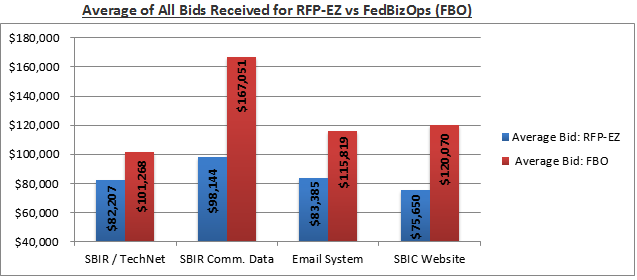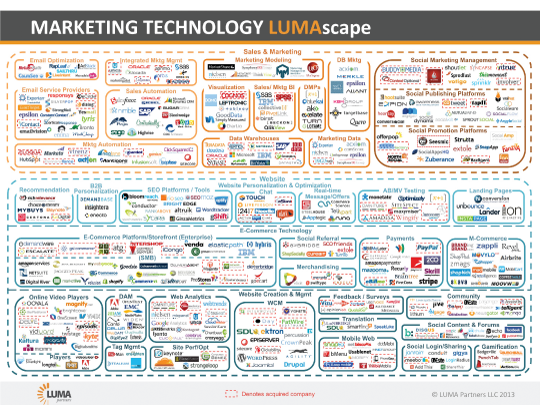There is no question that language influences marketing success; positioning software products has been a game of out-shining competitors with clever slogans and crafty coined terminology. Having been engaged with search technologies since 1974, and as the architect of a software application for enterprise content indexing and retrieval, I’ve observed how product positioning has played out in the enterprise search market over the years. When there is a new call for re-labeling “search,” the noun defining software designed for retrieving electronic content, I reflect on why and whether a different term would suffice.
Here is why a new term is not needed and the reasons why. For the definition of software algorithms that are the underpinning of finding and retrieving electronic content, regardless of native format, the noun search is efficient, to-the-point, unambiguous and direct.
We need a term that covers this category of software that will stand the test of time, as has automobile, which originated after terms too numerous to fully list had been tested: horseless buggy, self-contained power plant, car, motor vehicle, motor buggy, road engine, steam-powered wheeled vehicles, electric carriage, and motor wagon to name a few. Finally a term defined as a self-powered vehicle, was coined, “automobile.” It covered all types of self-powered “cars,” not just those pulled by another form of locomotive as is a rail car. Like the term “search,” automobiles are often qualified by modifiers, such as “electric,” “hybrid” or “sedan” versus “station wagon.” Search may be coupled with “Web” versus “Enterprise,” or “embedded” versus “stand-alone.” In the field of software technology we need and generally understand the distinctions.
So, I continue to be mystified by rhetoric that demands a new label but I am willing to concede where we need to be more precise, and that may be what the crowd is really saying. When and where the term is applied deserves reconsideration. Technologists who build and customize search software should be able to continue with the long established lingo, but marketers and conferences or meetings to educate a great variety of search users could probably do a better job of expressing what is available to non-techies. As one speaker at Enterprise Search Europe 2013 (ESEu2013) stated and others affirmed, “search” is not a project and to that I will add, nor is it a single product. Instead it is core to a very large and diverse range of products.
Packaging Software that includes Search Technology
Vendors are obviously aware of where they need to be marketing and the need to package for their target audience. There are three key elements that have contributed to ambiguity and resulted in a lethargic reaction in the so-called enterprise search marketplace in recent years: overly complex and diffuse categorization, poor product labeling and definition, and usability and product interface design that does not reflect an understanding of the true audience for a product. What can be done to mitigate confusion?
- Categorizing what is being offered has to speak to the buyer and potential user. When a single product is pitched to a dozen different market categories (text mining, analytics, content management, metadata management, enterprise search, big data management, etc.) buyers are skeptical and wary of all-in-one claims. While there are software packages that incorporate many or elements of a variety of software applications, diffusion ends up fracturing the buying audience into such minute numbers that a vendor does not gain real traction across the different types of needs. Recommendation: a product must be categorized to its greatest technical strengths and the largest audience to which it will appeal. The goal is to be a strong presence in the specific marketplaces where those buyers go to seek products. When a product has outstanding capabilities for that audience, buyers will be delighted to also find additional ancillary functions and features that are already built in.
- Software that is built on search algorithms or that embeds search must be packaged with labeling that pays attention to a functional domain and the target audience. Clear messaging that speaks to the defined audience is the wrapper for the product. It must state what and why you have a presence in this marketplace, the role the product plays and the professional functions that will benefit from its use. Messaging is how you let the audience know that you have created tools for them.
- Product design requires a deep understanding of professional users and their modes of pursuing business goals. At ESEu2013 several presentations and one workshop focused on usability and design; speakers all shared a deep understanding of differences across professional users. They recognized behavioral, cultural, geographic and mode preferences as key considerations without stating explicitly that different professional groups each work in unique ways. I assert that this is where so many applications break-down in design and implementation. Workflow design, look-and-feel, and product features must be very different for someone in accounting or finance versus an engineer or attorney. Highly successful software applications are generally initiated and development is sustained by professionals who need these tools to do their work, their way. Without deep professional knowledge embedded in product design teams, products often miss the market’s demands. Professionals bring know-how, methods and practices to their jobs and it is not the role of software developers to change the way they go about their business by forcing new models that are counter to what is intuitive in a market segment.
Attention to better software definition leads to the next topic.
Conference and meeting themes: Search technology versus business problems to be solved
Attention to conference and meeting content was the reason for this post. Having given an argument for keeping the noun search in our vocabulary, I have also acknowledged that it is probably a failed market strategy to label and attach messaging to every software product with search as either, enterprise search or web search. Because search is everywhere in almost every software application, we need conferences with exhibits that target more differentiated (and selective) audiences.
The days of generic all-in-one meetings like AIIM, the former National Online Meeting (Information Today’s original conference), E2, and so on may have run their course. As a failed conference attendee, my attention span lasts for about one hour maximum, and results in me listening to no more than a half dozen exhibitor pitches before I become a wandering zombie, interested in nothing in particular because there is nothing specific to be drawn to at these mega-conferences.
I am proposing a return to professionally oriented programs that focus on audience and business needs. ESEu2013 had among its largest cohort, developers and software implementers. There were few potential users, buyers, content or metadata managers, or professional search experts but these groups seek a place to learn about products without slides showing snippets of programming code. There is still a need for meetings that include the technologists but it is difficult to attract them to a meeting that only offers programming sessions for users, the people for whom they will develop products. How do we get them into a dialogue with the very people for whom they are developing and designing products? How can vendors exhibit and communicate their capabilities for solving a professional problem when their target professional audience is not in the room.
At Enterprise Search Europe 2013, the sessions were both diverse and enlightening but, as I noted at the conference wrap-up, each track spoke to a unique set of enterprise needs and variety of professional interests. The underlying technology, search, was the common thread and yet each track might have been presented in a totally different meeting environment. One topic, Big Data, presents challenges that need explaining and information seekers come to learn about products for effectively leveraging it in a number of enterprise environments. These cases need to be understood as business problems, which call for unique software applications not just some generic search technology. Big data can and is already being offered as a theme for an entire conference where the emphasis on aspects of search technology is included. As previously noted topics related to big data problems vary: data and text mining, analytics, semantic processing aka natural language processing, and federation. However, data and text mining for finance has a totally different contextual relevance than for scientists engaged in genomics or targeted drug therapy research, and each audience looks for solutions in its field.
So, let’s rethink what each meeting is about, who needs to be in the room for each business category, what products are clearly packaged for the audience and the need, and schedule programs that bring developers, implementers, buyers and users into a forum around specially packaged software applications for meaningful dialogue. All of this is said with sincere respect for my colleagues who have suggested terms that range from “beyond search” to “discovery” and “findability” as alternative to “search. Maybe the predominant theme of the next Enterprise Search conference should be Information Seeking: Needs, Behaviors and Applications with tracks organized accordingly.
[NOTE: Enterprise Search Europe had excellent sessions and practical guidance. Having given a “top of mind” reaction to what we need to gain a more diverse audience in the future, my next post will be a litany of the best observations, recommendations and insights from the speakers.]



